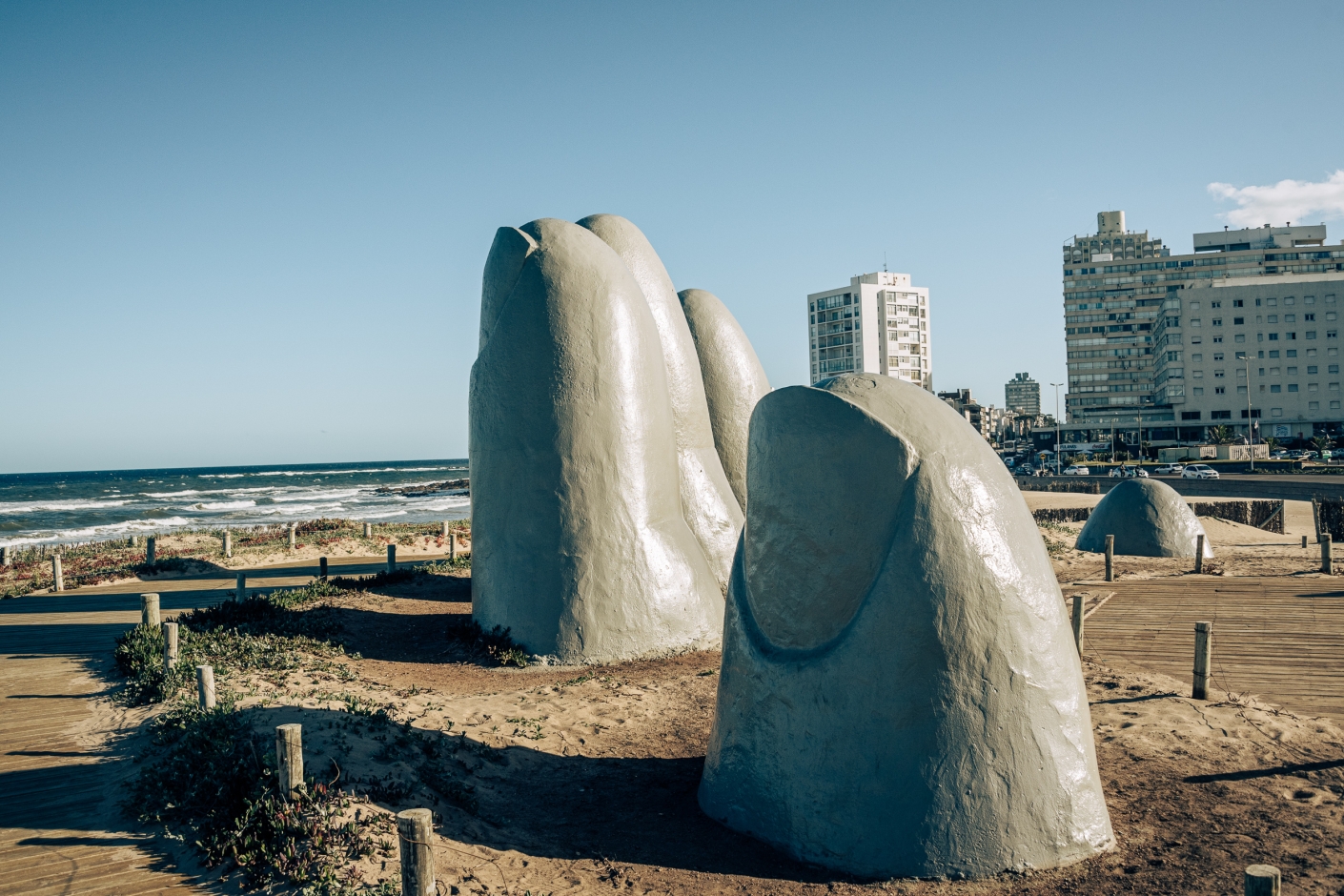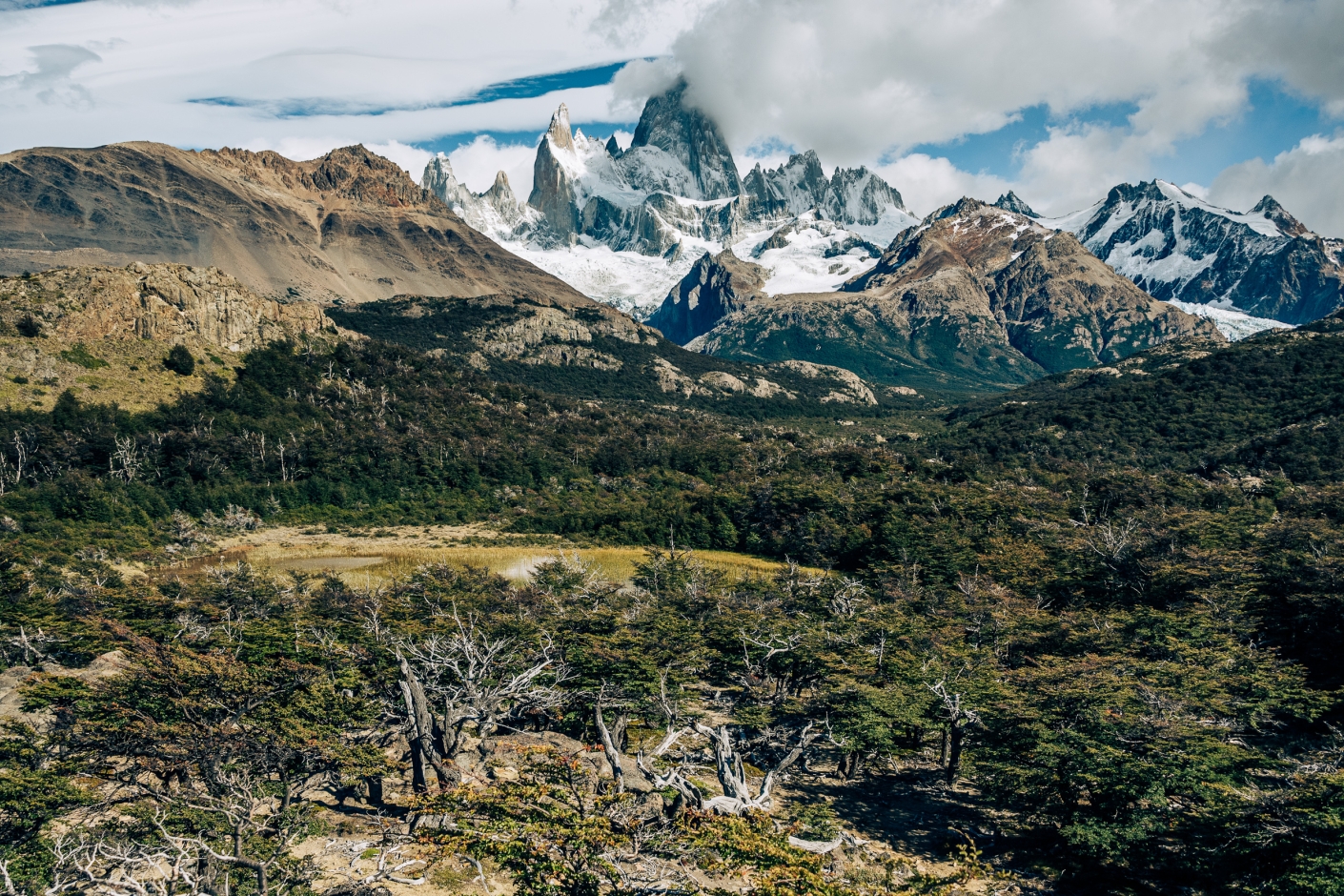The Strait of Magellan is a natural passage that separates the mainland from the archipelago. The ferry from Punta Delgada operates across this strait, providing a vital connection between the Chilean mainland and the island. This crossing is essential for the movement of goods and people, underscoring the strategic importance of the strait since it was first navigated by Europeans in the early 16th century. The waters of the strait are often treacherous, with strong currents and unpredictable weather, which have historically posed challenges for navigation and exploration.
Ushuaia, the capital of Argentina's Tierra del Fuego province, is nestled between the Martial Mountains and the Beagle Channel. This city holds the distinction of being the southernmost city in the world and serves as a crucial hub in the region. Its location on the Beagle Channel, named after the ship that carried Charles Darwin on his famous voyage, makes it an important point for maritime routes and scientific research. The rugged terrain and proximity to the Antarctic lend a unique character to Ushuaia, influencing everything from its architecture to its local culture.
Adjacent to Ushuaia lies Tierra del Fuego National Park, a protected area that preserves the region's diverse ecosystems. The park encompasses mountains, forests, and coastal areas, providing a refuge for a wide variety of flora and fauna. Its landscapes are shaped by glacial activity, resulting in deep valleys, clear rivers, and scenic bays. The park's ecosystems range from dense lenga and coihue forests to peat bogs and alpine meadows, supporting species such as guanacos, Andean foxes, and numerous bird species. The preservation efforts within the national park are crucial for maintaining the ecological balance and studying the environmental impacts in this remote part of the world.
Tierra del Fuego National Park, often referred to as "the End of the World," symbolizes the extreme southern frontier of human habitation and natural wilderness. This moniker captures the park's remote and otherworldly ambiance, where visitors can contemplate the edge of the continent surrounded by rugged mountains, dense forests, and the windswept shores of the Beagle Channel. Here, the stark beauty and isolation of the landscape evoke a profound sense of being at the earth's end, with panoramic vistas that stretch out towards the icy expanses of the Antarctic. This unique location underscores the park's significance not just as a biodiversity haven, but also as a place of deep natural and existential reflection.

































